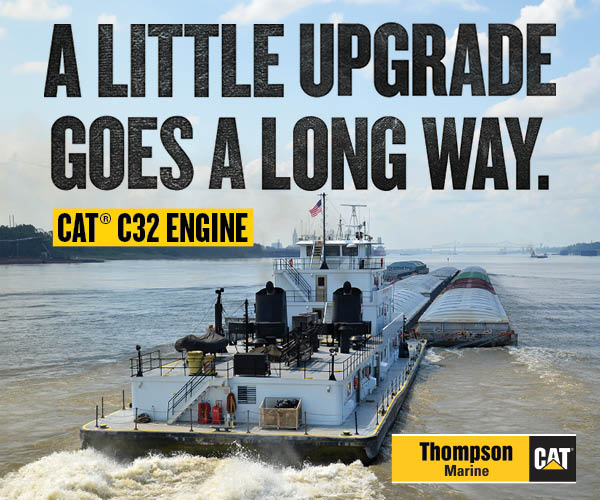In Shipbuilding Push, Labor Development Is Key
Shipbuilding is getting new attention as a key part of the administration’s push to revive U.S. maritime capabilities. Labor needs are a key chokepoint for the administration’s maritime goals.
Some shipyards are forming partnerships to quickly leverage capacity. One example of this is Korean shipbuilder Hanwha, which bought a Philadelphia shipyard last year for $100 million. Hanwha plans to invest many times that amount to make the Philadelphia yard state-of-the art, with advanced robotics.
On July 23, Hanwha announced it secured an order for a liquefied natural gas (LNG) carrier from its affiliate, Hanwha Philly Shipyard. This order represents the first U.S.-ordered, export-market-viable LNG carrier in nearly 50 years. Although most of the construction will be done at Hanwha Ocean’s yard in Geoje-si, South Korea, the regulatory and compliance work will be handled in the United States, and the vessel will be U.S.-registered and flagged.
Hanwha Philly Shipyard offers a state-accredited, paid, three-year apprenticeship program. That gives some idea of how long it takes to train the highly skilled workforce that modern shipyards need.
Another example of partnering is United Shipbuilding Alliance, a “strategic alliance” between Bollinger Shipyards and Edison Chouest Offshore announced earlier this year.
Buying and reflagging foreign vessels is another strategy to quickly build up the U.S.-flag blue water fleet while our shipyards get up to speed. The Maritime Administration recently celebrated the “historic” reflagging of the CMA CGM Phoenix as the largest U.S.-flagged commercial container ship. The in-port flag change ceremony took place at the Port of Charleston, S.C., with Sang Yi, the acting administrator of the Maritime Administration, attending and delivering remarks. Launched in 2013, the CMA CGM Phoenix is a neo-Panamax container ship.
Both of these strategies can achieve relatively quick results, but the longer-term revival of U.S. shipbuilding can’t get around the need for more highly skilled workers. Mike Rowe, the longtime host of the show “Dirty Jobs” who has become well-known as an advocate for blue-collar careers, made headlines recently when he addressed a room full of thinkers and policymakers at the Aspen Ideas Festival.
“We’ve been telling kids for 15 years to learn to code,” he said. “Well, AI is coming for the coders. It’s not coming for the welders, the plumbers, steamfitters or pipefitters, the HVAC technicians or the electricians.”
All are skills vital to building ships.



